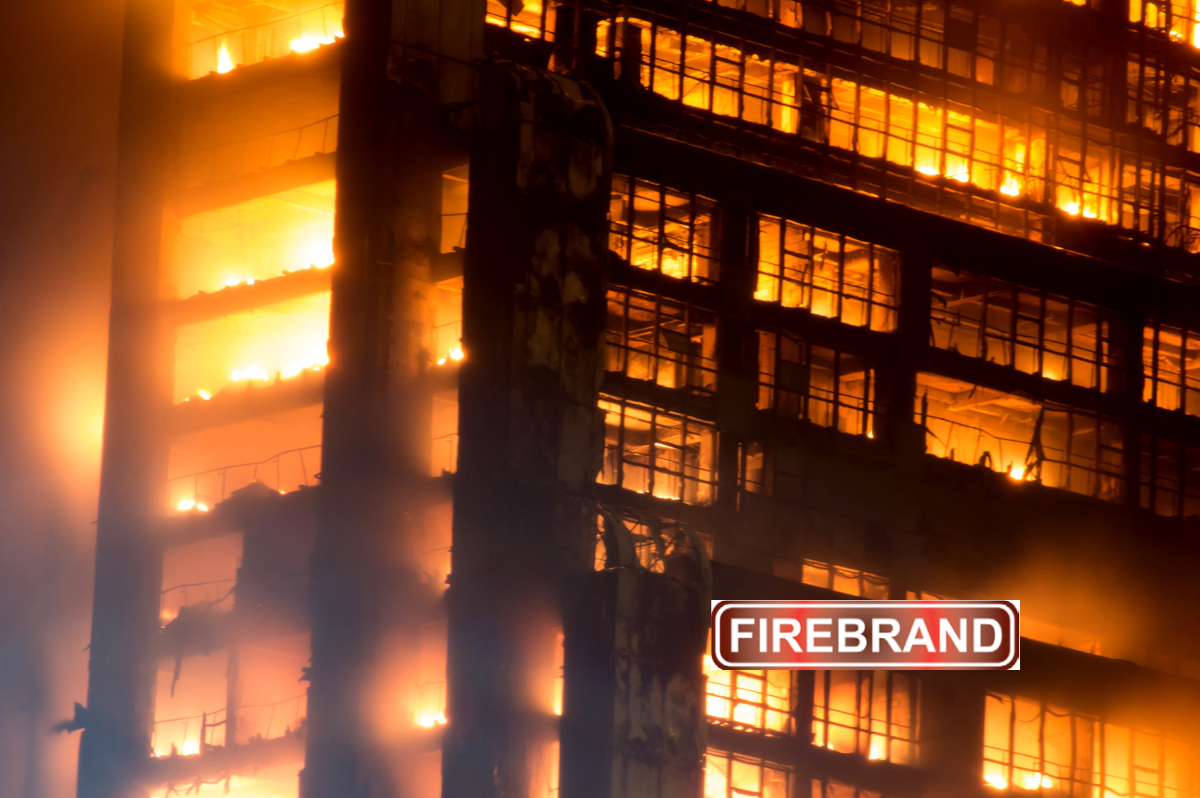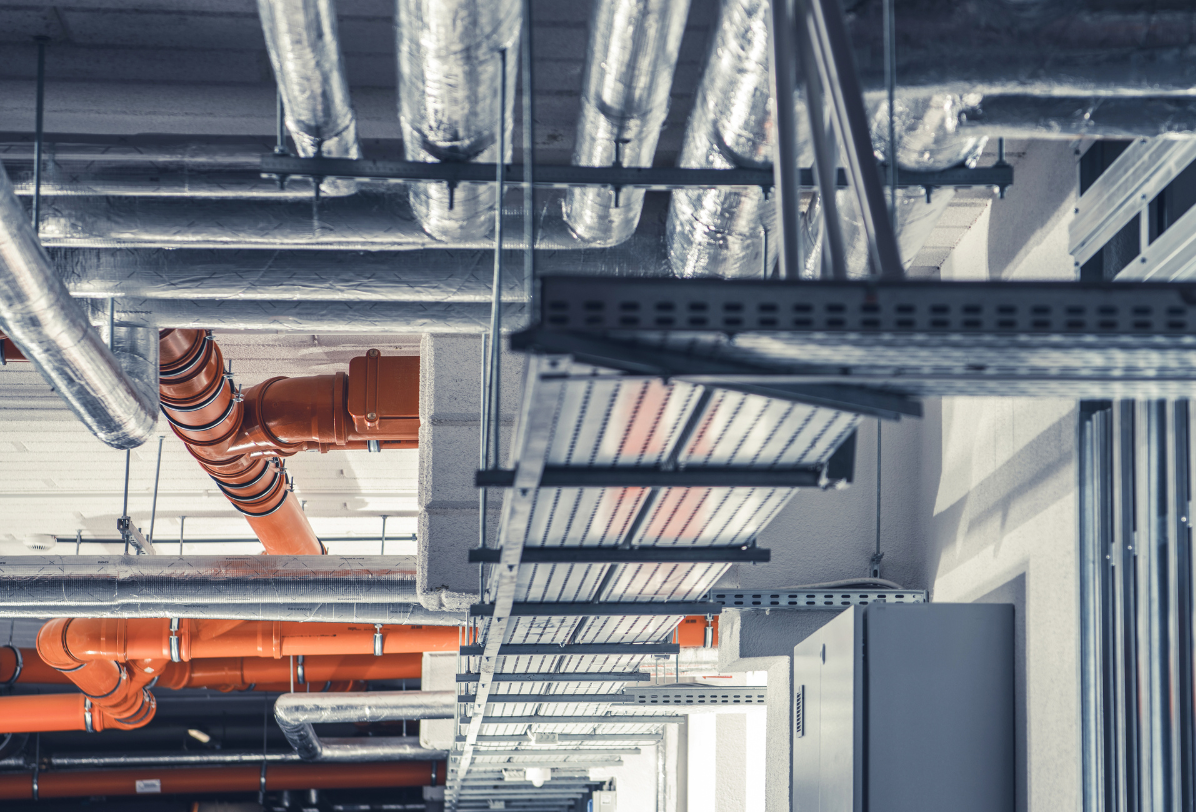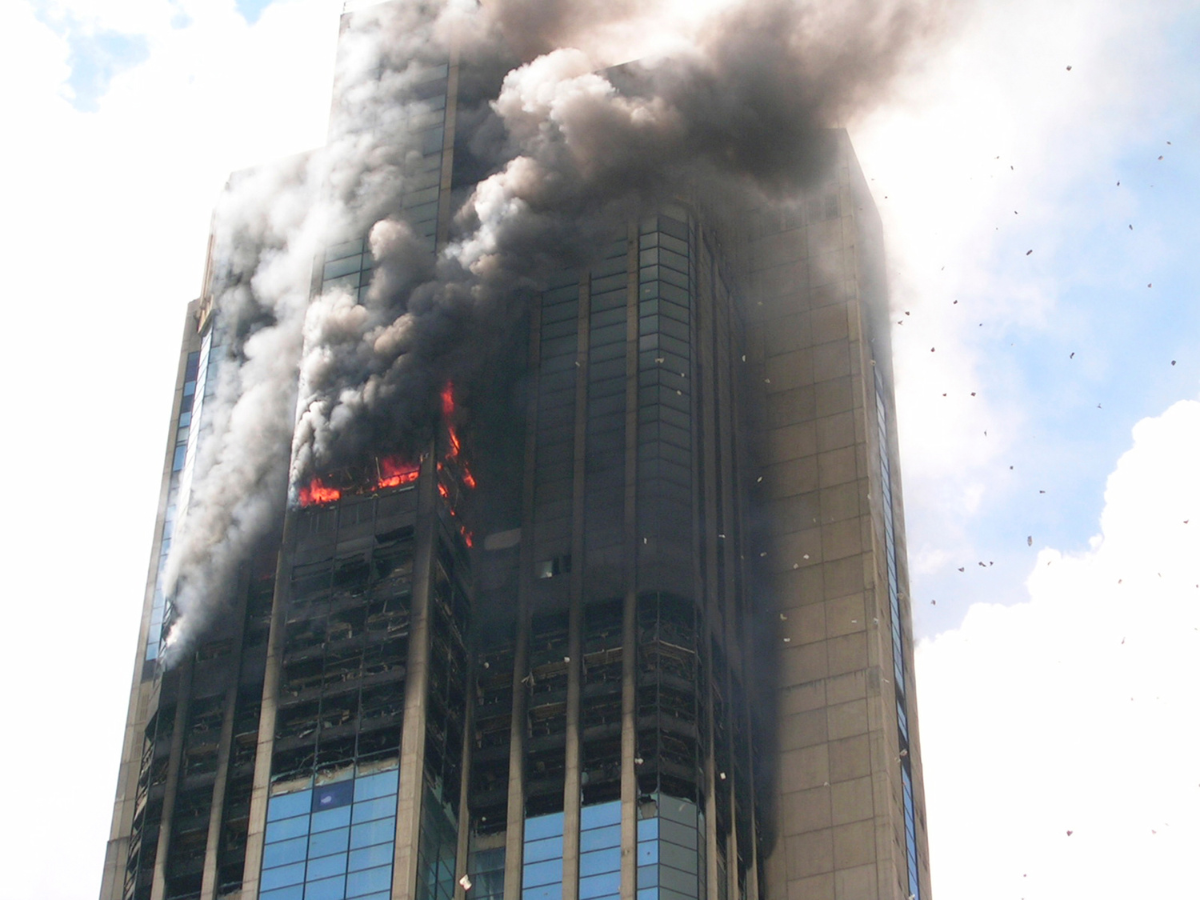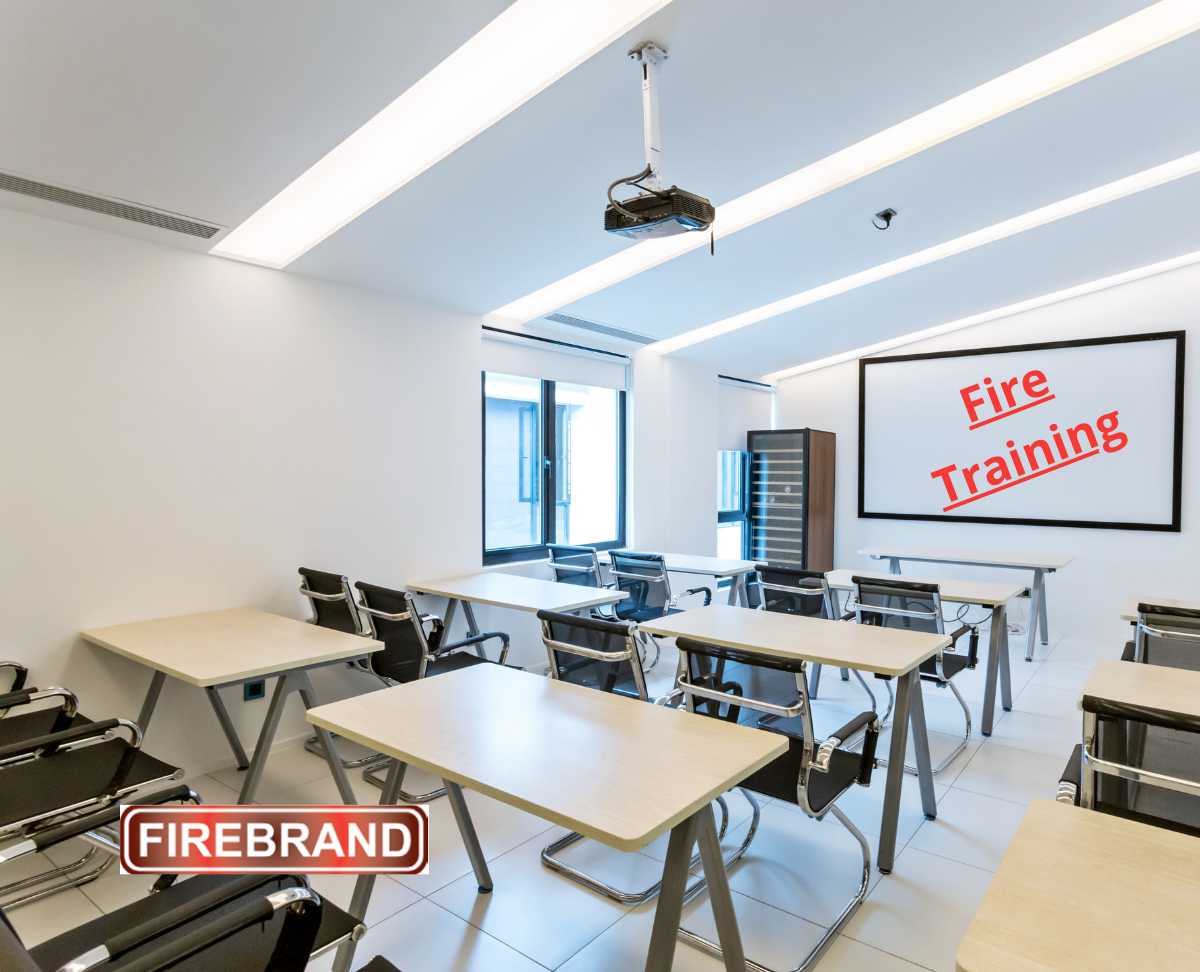Away from the public eye, commercial buildings are a labyrinth of intricate systems merging to create functional environments. The HVAC (Heating, Ventilation, and Air Conditioning) system ensures comfort and productivity for building occupants. However, amidst its utility, lurks the potential for an HVAC fire. Commercial HVAC equipment, if not properly managed and maintained, can pose significant fire dangers, threatening both property and lives. here we delve into the complexities of managing these risks, offering insights and strategies to mitigate the looming threat.
Understanding the Risks
The HVAC system, comprising a network of ducts, vents, motors, and electrical components, presents a myriad of fire hazards. Accumulated dust and debris within ductwork should be a major focus. Electrical malfunctions, overheating components, and flammable refrigerants are also among the primary culprits behind HVAC-related fires. Neglecting regular maintenance, inadequate ventilation, and improper installation further exacerbate the risk, turning a vital asset into a potential liability.
The Impact on Commercial Buildings
The consequences of HVAC fires extend far beyond the realm of physical damage. Beyond the immediate financial losses incurred from property damage and business interruption are added consequences. Such incidents can tarnish a company’s reputation, erode customer trust, and incur legal liabilities. Moreover, the safety and well-being of occupants hang precariously in the balance, with the potential for injuries or even fatalities in the event of a fire outbreak.
Strategies for Mitigation
Proactive measures are indispensable in safeguarding against the perils of HVAC-related fires. Regular inspection and maintenance emerges as the cornerstone of risk mitigation. Consequently, potential hazards are identified and addressed in a timely manner. Implementing a comprehensive maintenance schedule, which includes cleaning ducts, inspecting electrical components, and testing system functionality, can significantly reduce the likelihood of fire incidents.
Furthermore, investing in quality equipment and adhering to industry standards and regulations goes a long way towards fire prevention. Conducting routine training for personnel responsible for HVAC operations and maintenance are also vital steps in fortifying the system’s resilience against fire hazards. Employing advanced monitoring technologies, such as smoke detectors, temperature sensors, and fire suppression systems, adds an extra layer of protection, enabling early detection and swift response to incipient fires.
The Role of Regulations and Standards
Government regulations and industry standards play a pivotal role in shaping the framework for HVAC fire safety. Compliance with codes such as the SANS 10105, SANS 10400, the Occupational Health and Safety Act (OHS Act) and National Building Regulations And Building Standards is imperative for commercial building owners and operators. These regulations establish minimum requirements for HVAC system design, installation, operation, and maintenance. The overarching goal is ensuring occupant safety and property protection.
Harnessing Technology for Prevention
In the age of digitalisation, technology emerges as a formidable ally in the fight against HVAC-related fires. Smart building management systems, equipped with predictive analytics and remote monitoring capabilities, offer real-time insights into system performance. This enables proactive maintenance and early detection of potential issues. Leveraging data-driven approaches, building operators can identify trends, pinpoint vulnerabilities, and implement targeted interventions to mitigate fire risks effectively.
Education and Awareness Campaigns
Raising awareness among building occupants and stakeholders about the importance of fire safety in HVAC systems is paramount. Educational initiatives, training programs, and outreach campaigns can empower individuals with the knowledge and skills needed to recognise warning signs. Personnel need training to respond to emergencies, and contribute to a culture of safety within the workplace. By fostering a collaborative approach to fire prevention, organisations can foster a safer and more resilient environment for all.
In the dynamic landscape of commercial buildings, where innovation converges with necessity, the management of fire dangers posed by HVAC equipment demands unwavering attention and diligence. By embracing a proactive approach to risk mitigation, grounded in robust maintenance practices, regulatory compliance, technological innovation, and stakeholder engagement, commercial building owners and operators can effectively safeguard their assets, protect lives, and preserve the integrity of their operations. As custodians of safety and security, they hold the key to ensuring that the comfort provided by HVAC systems never gives way to the destructive force of fire.
Do you own a building or are you the facilities manager of a building? Do you or your company have a fire plan in place?
No matter what business you are in, fire safety should be a priority! Contact Firebrand Group to discuss an inspection and any other fire safety related enquiries.






